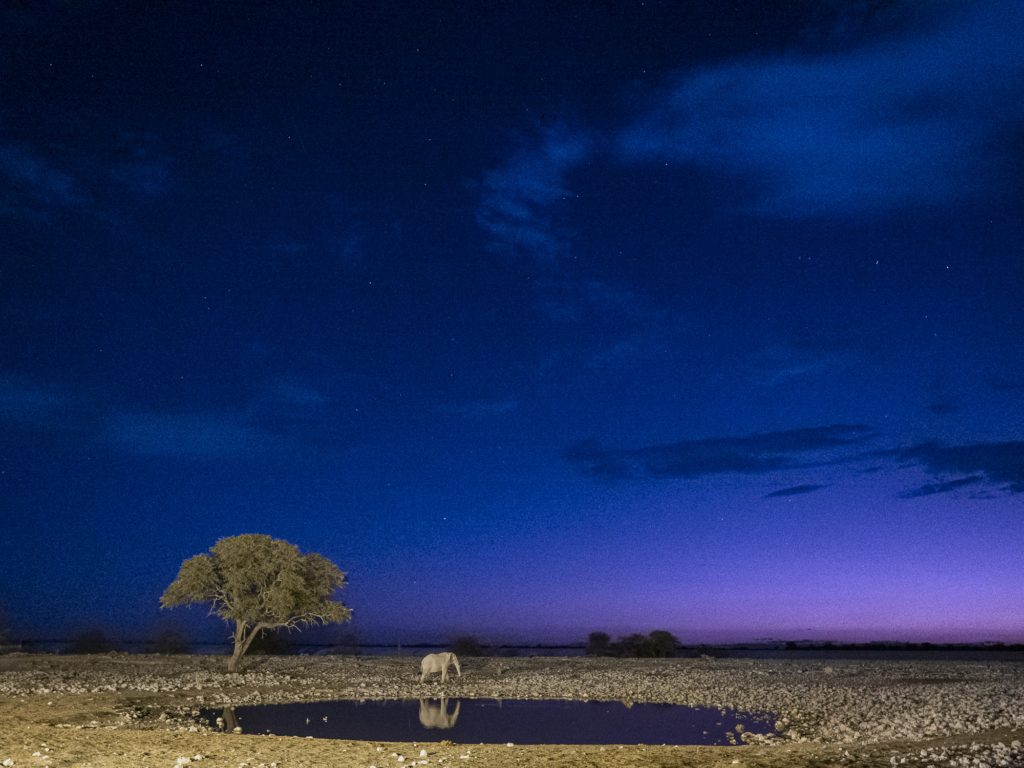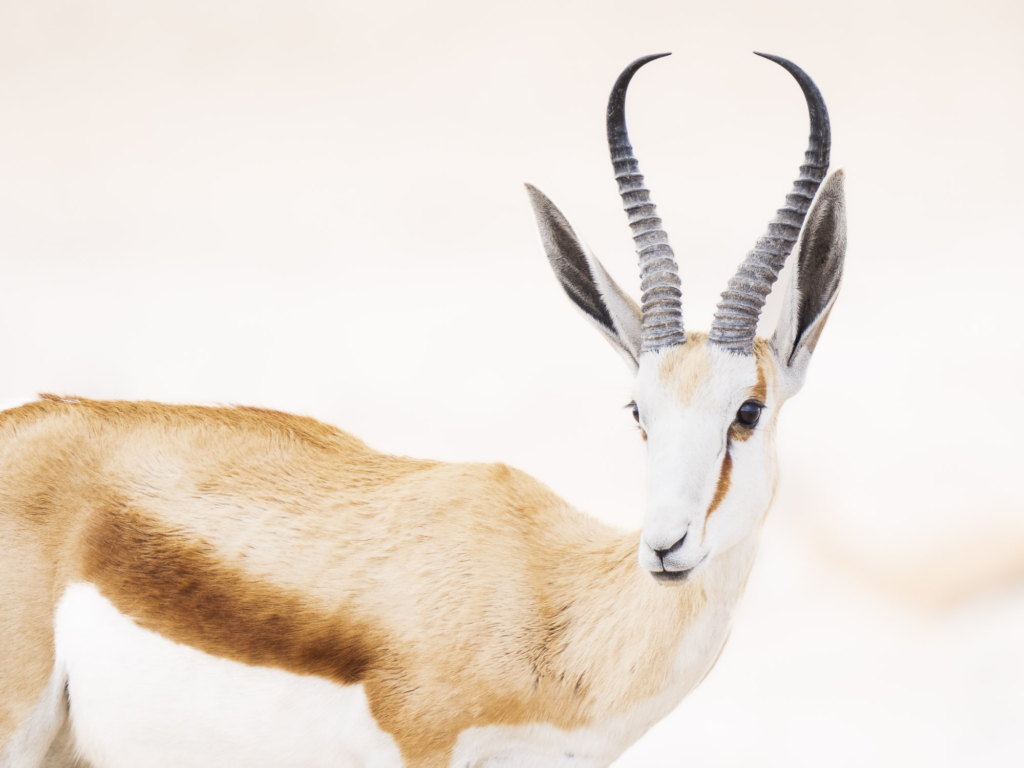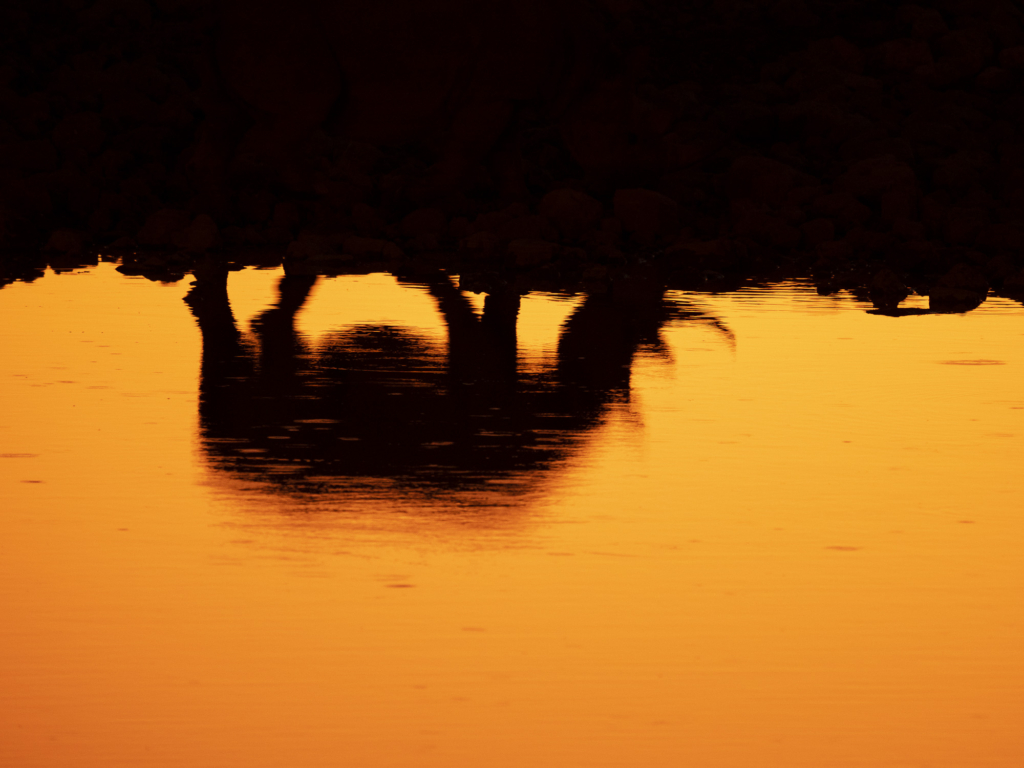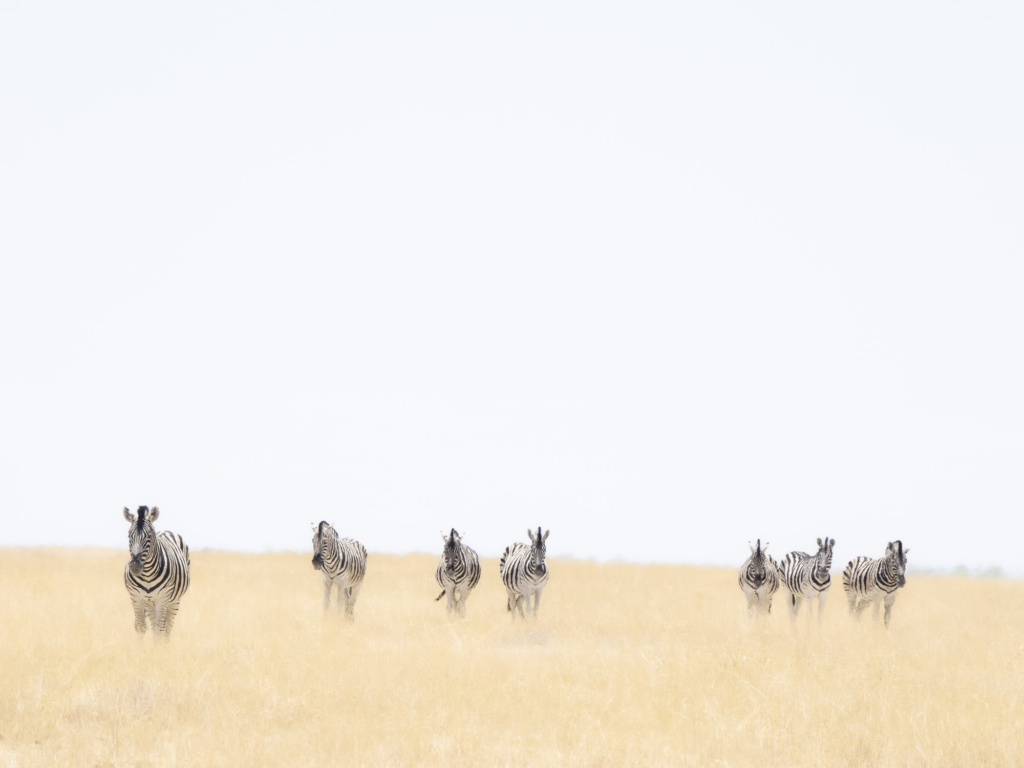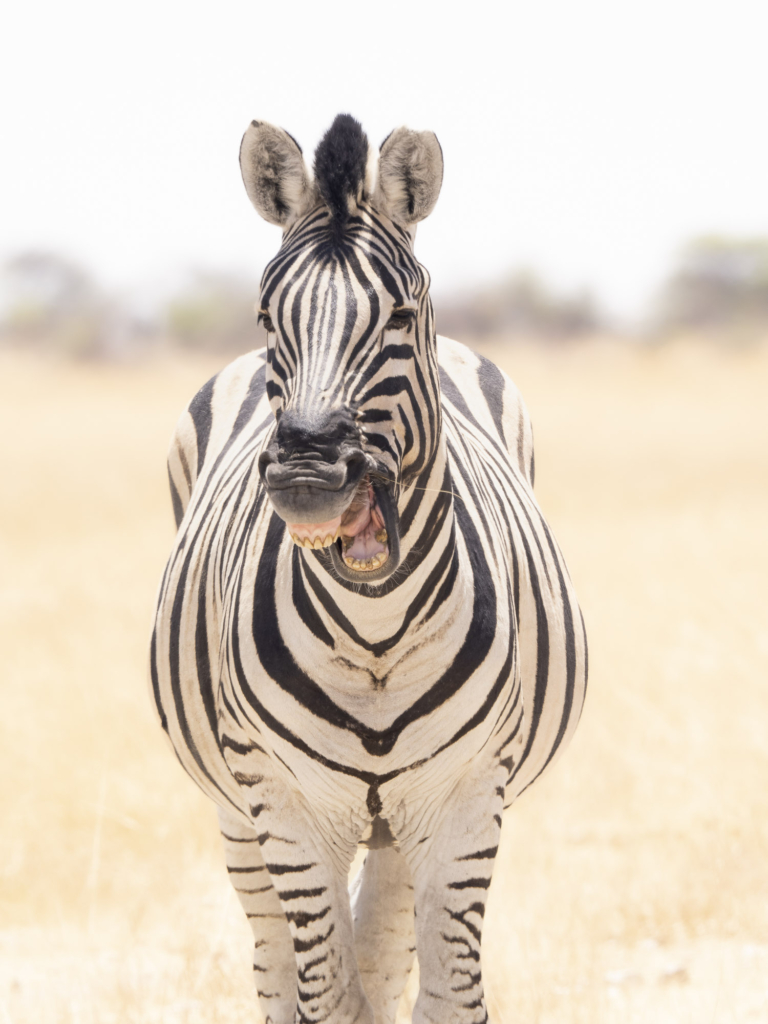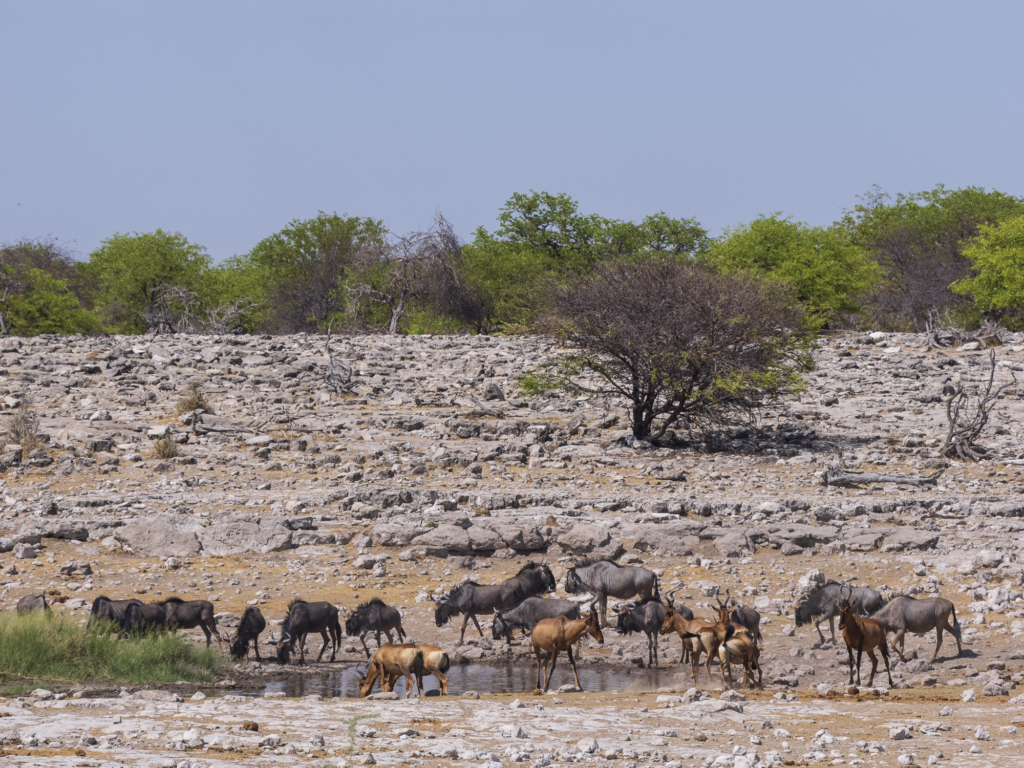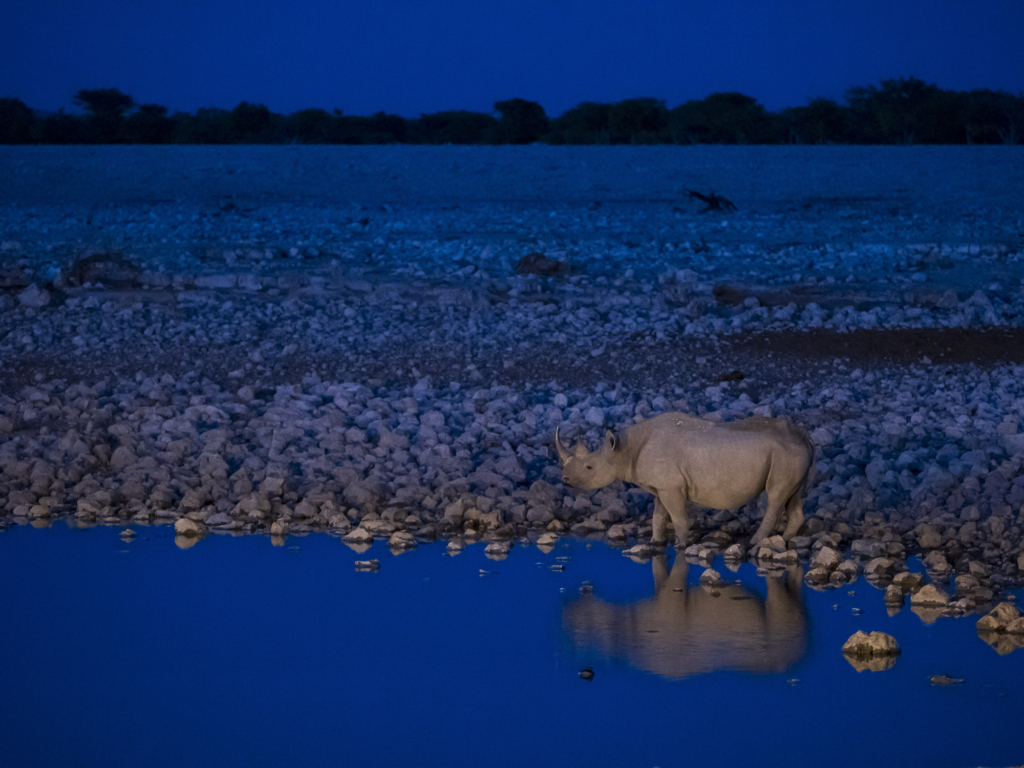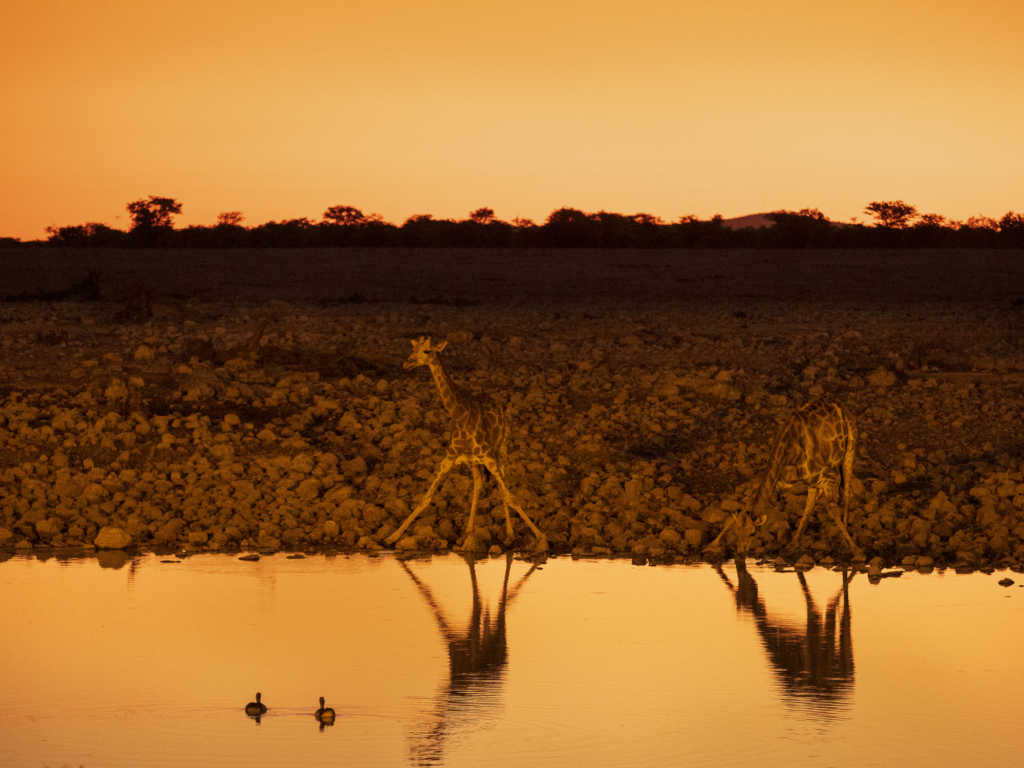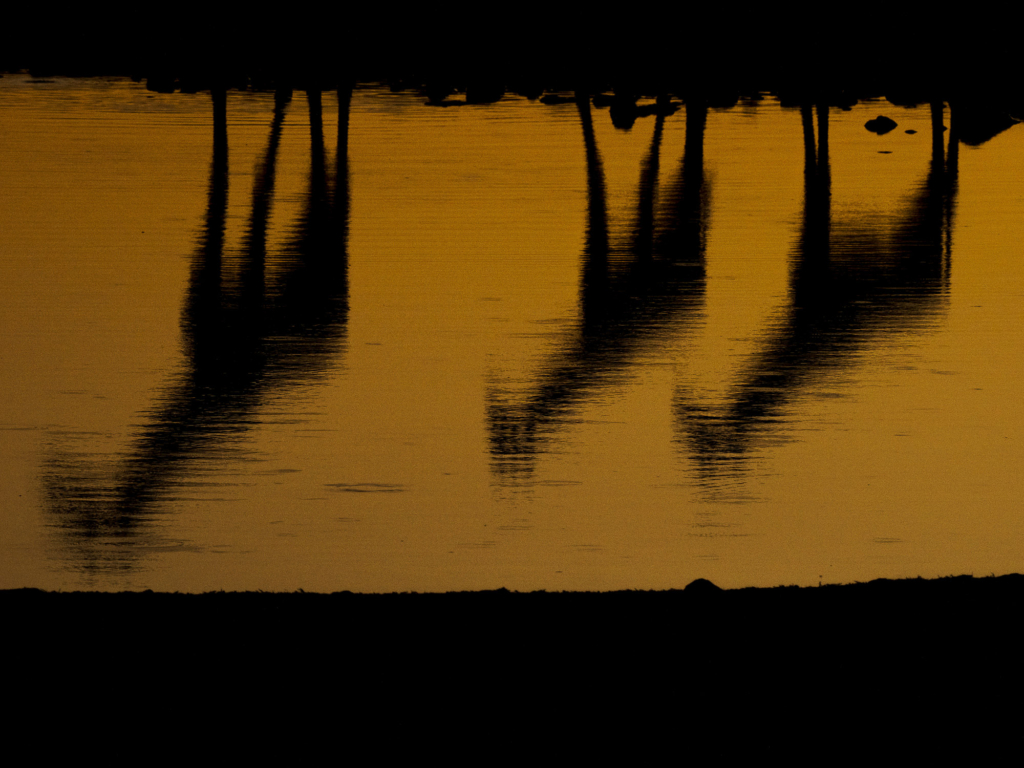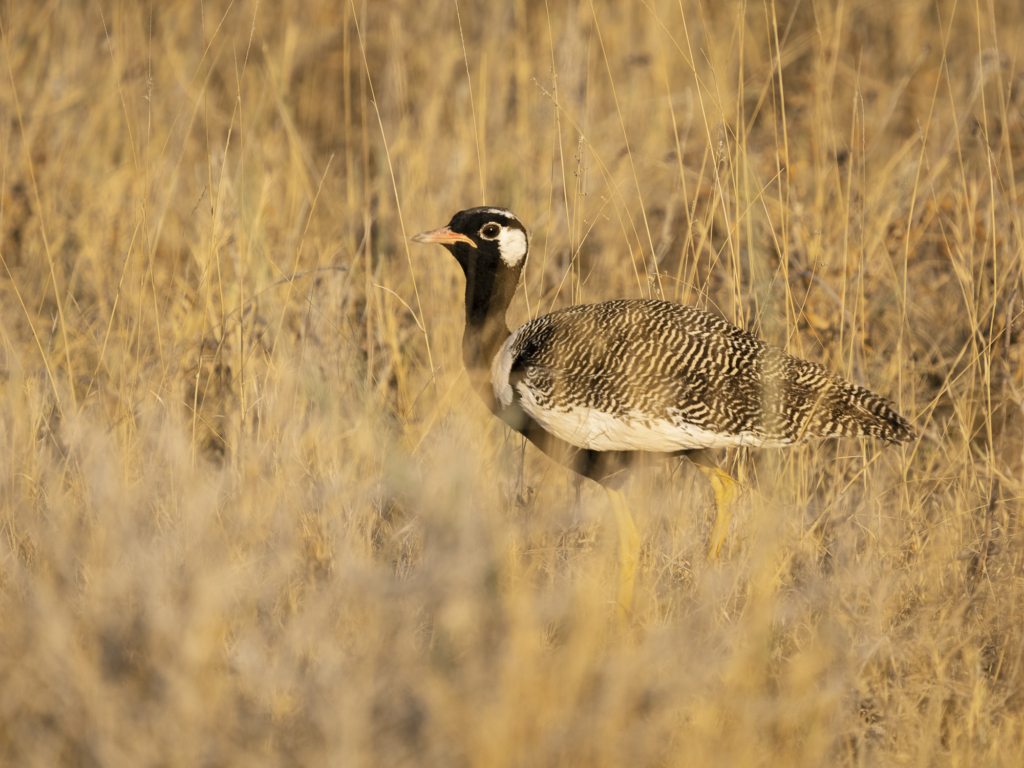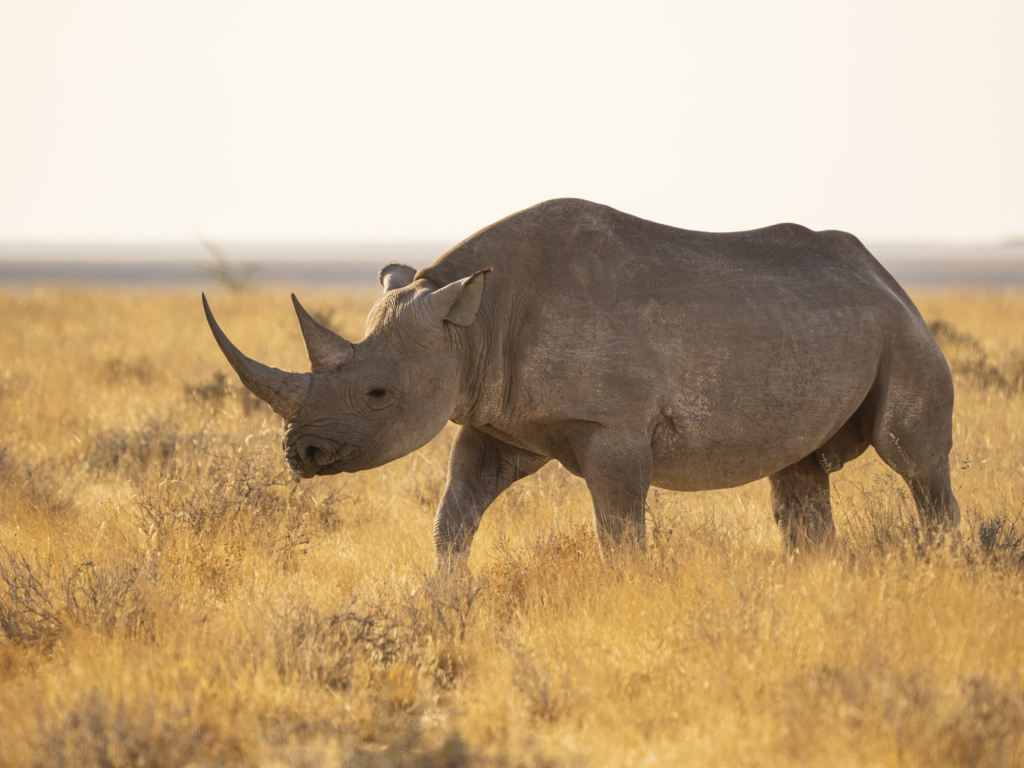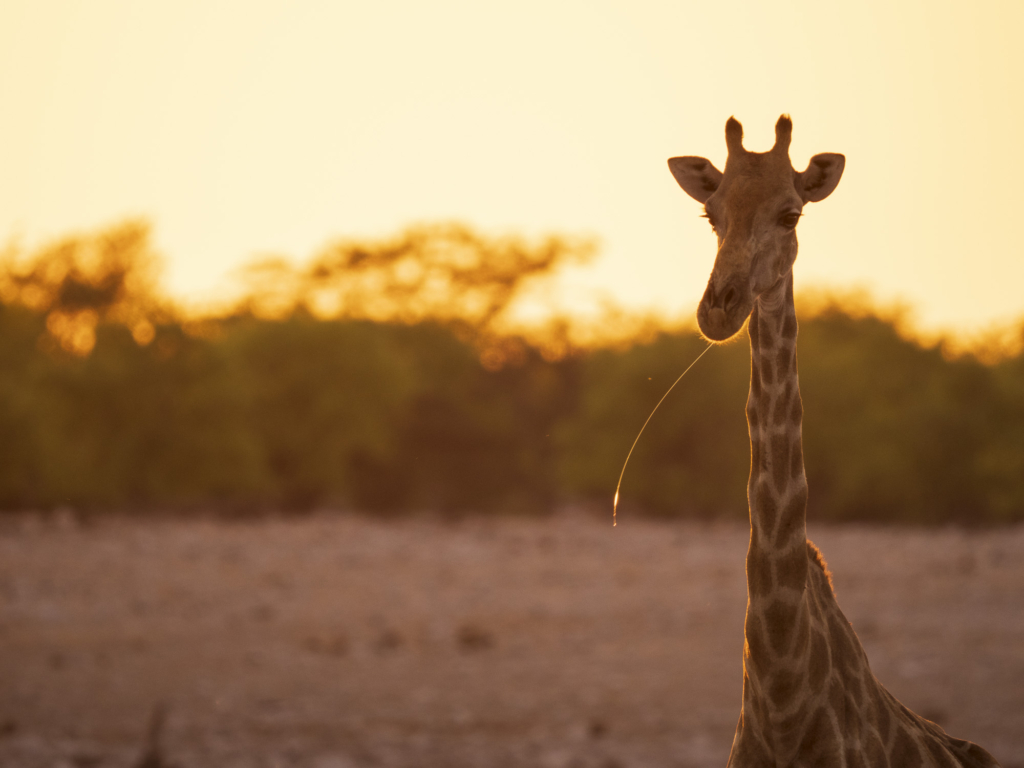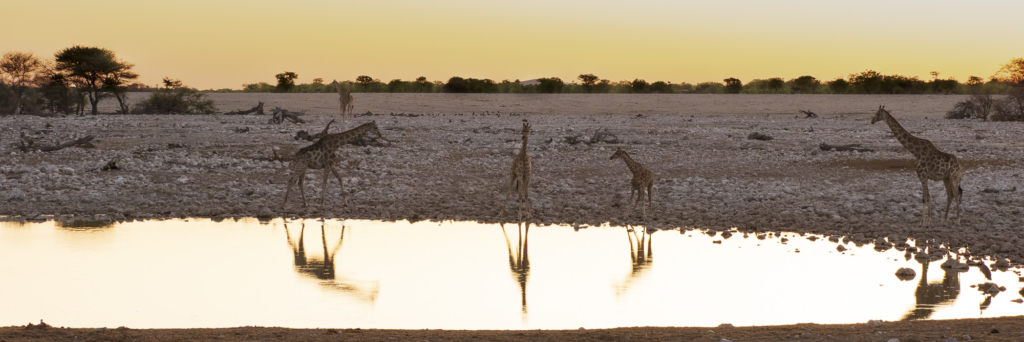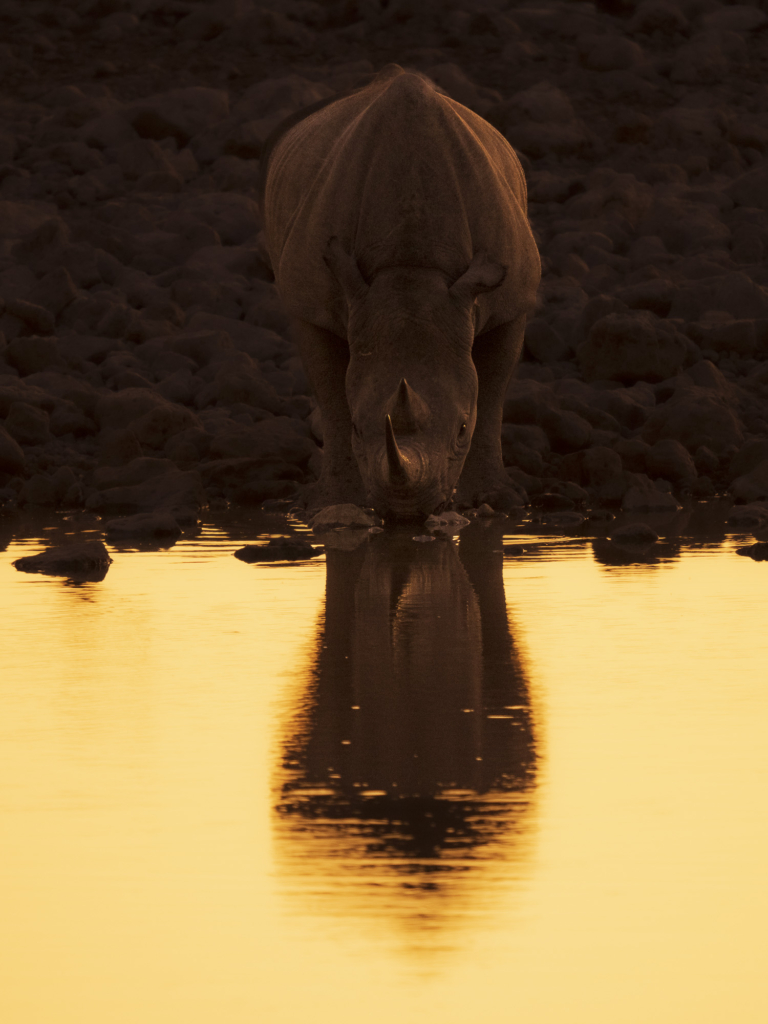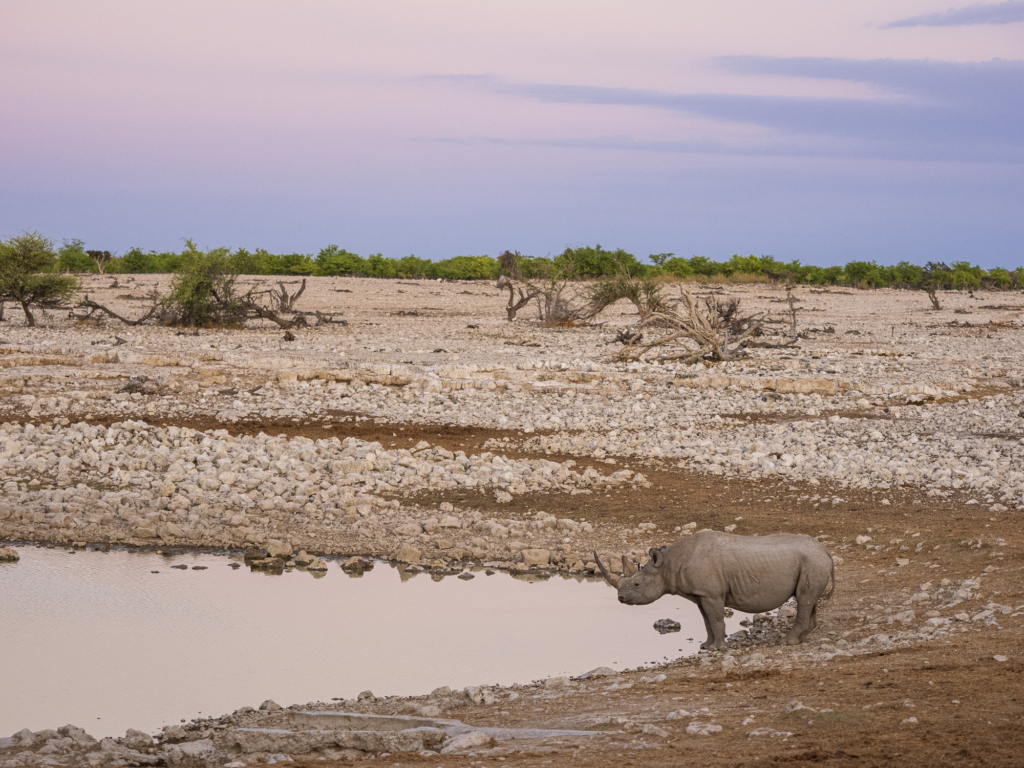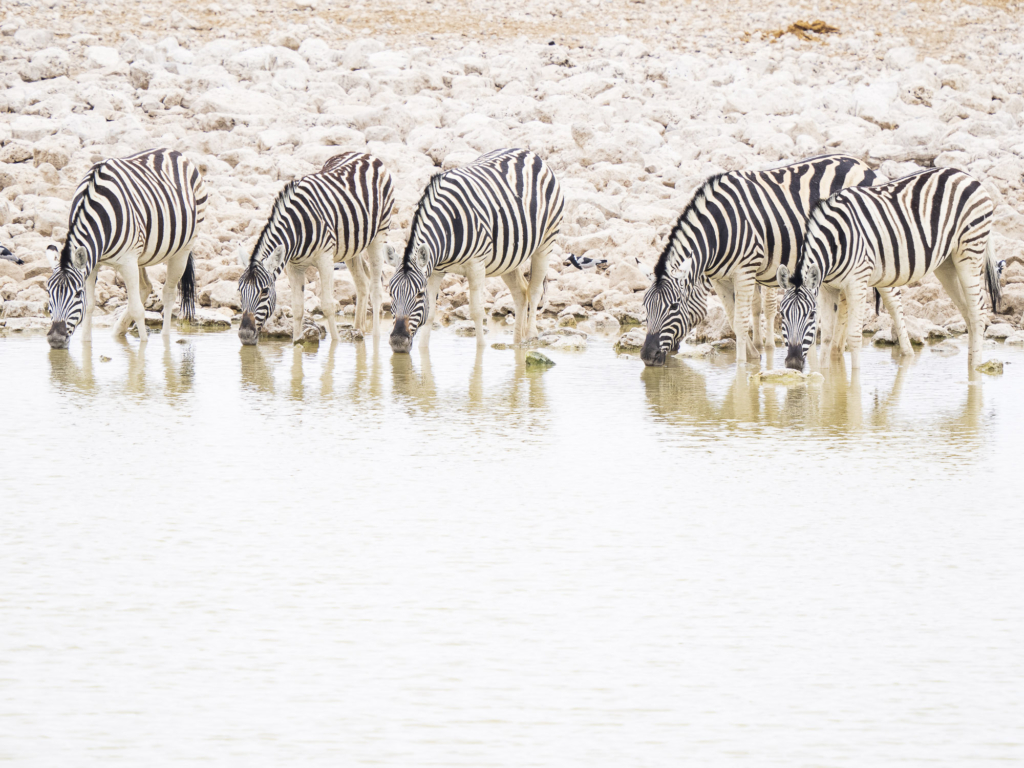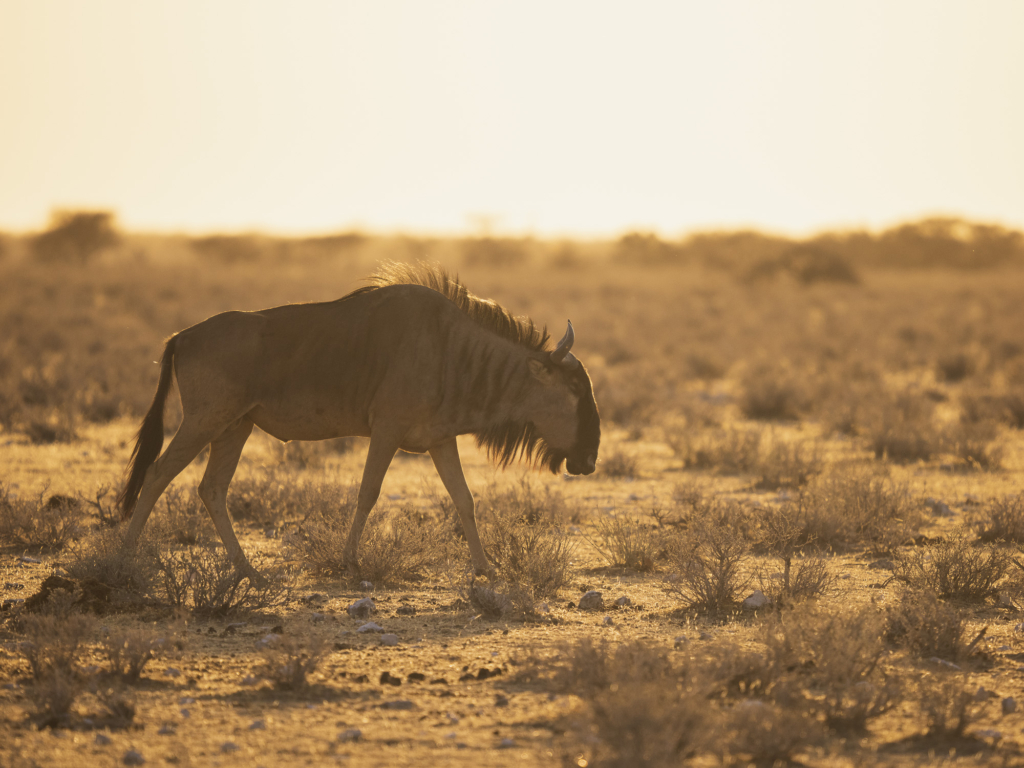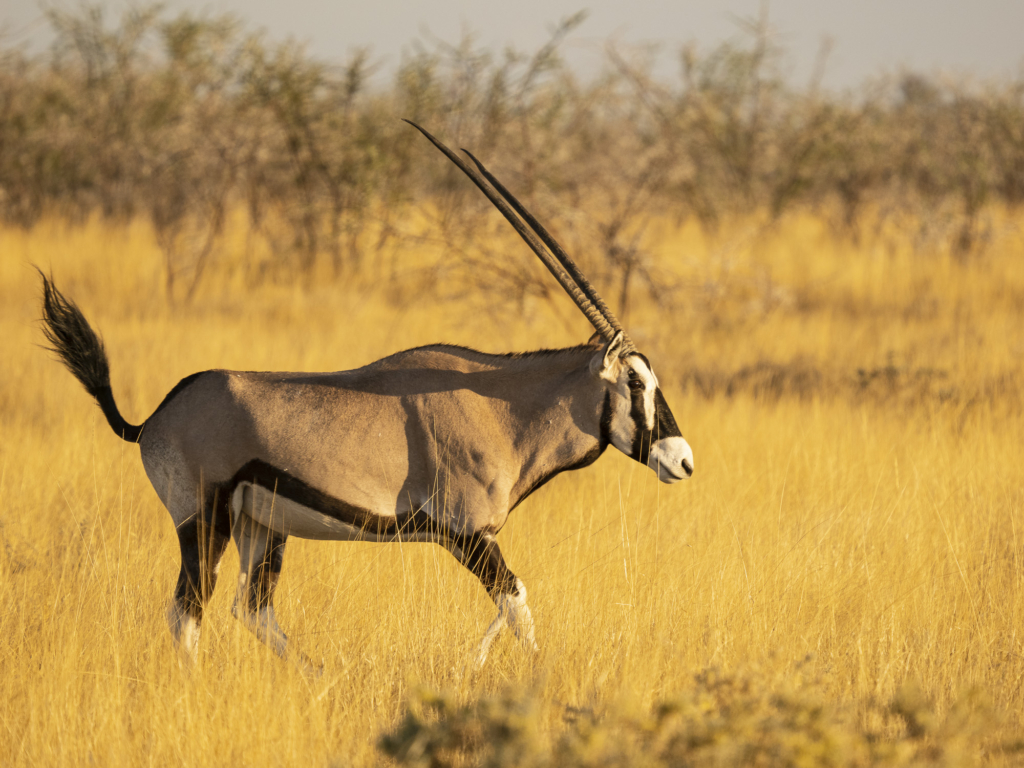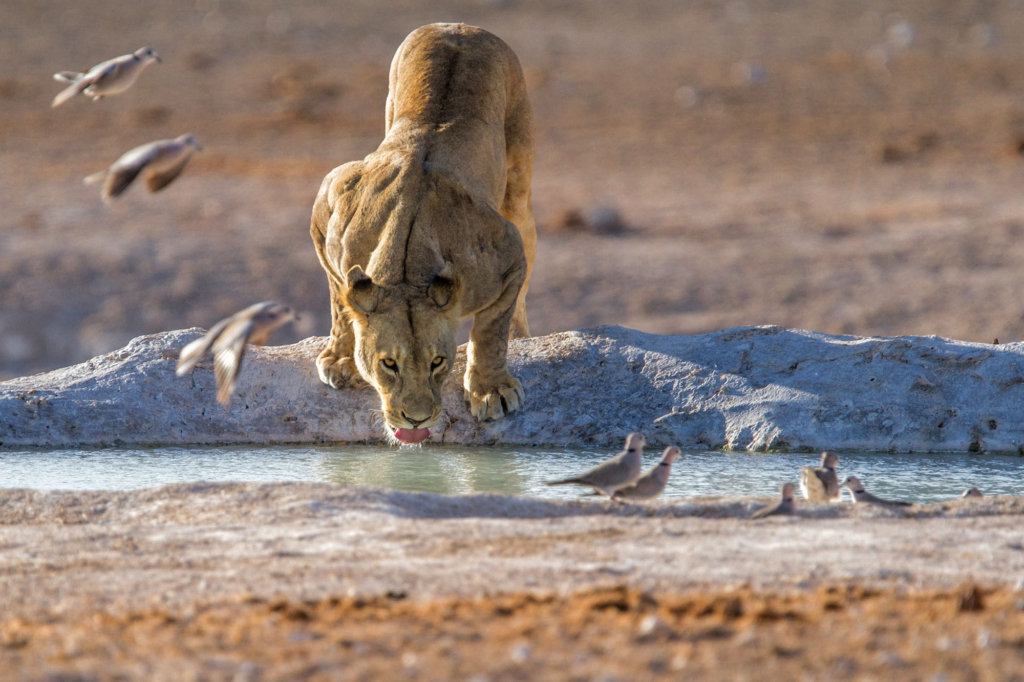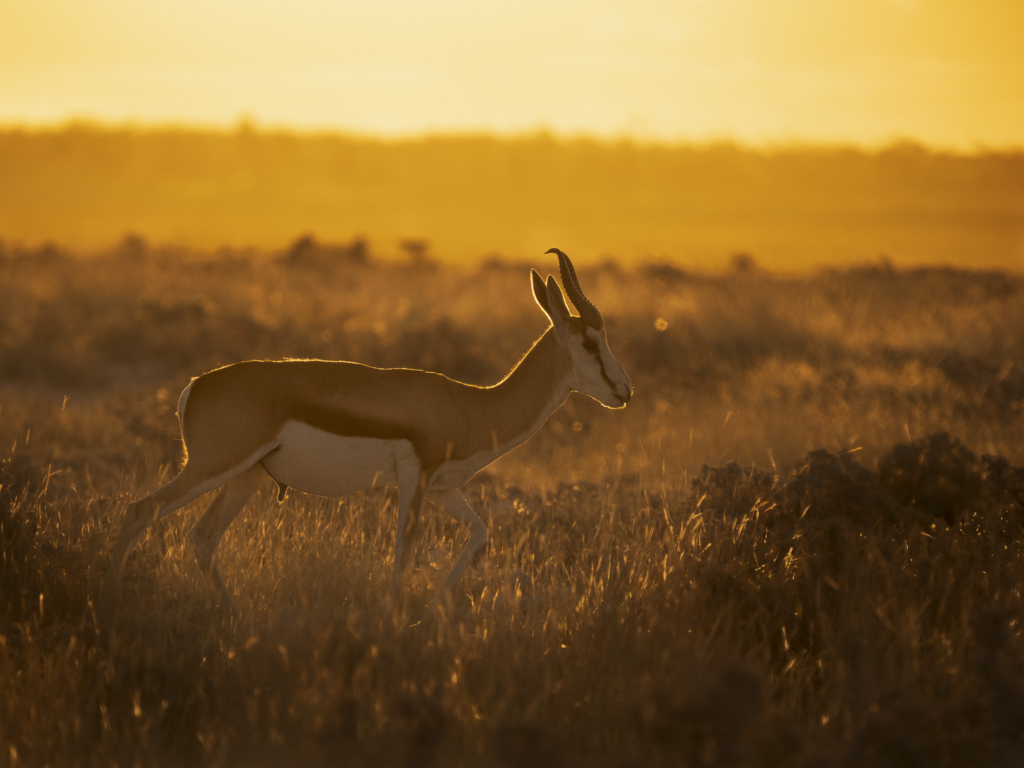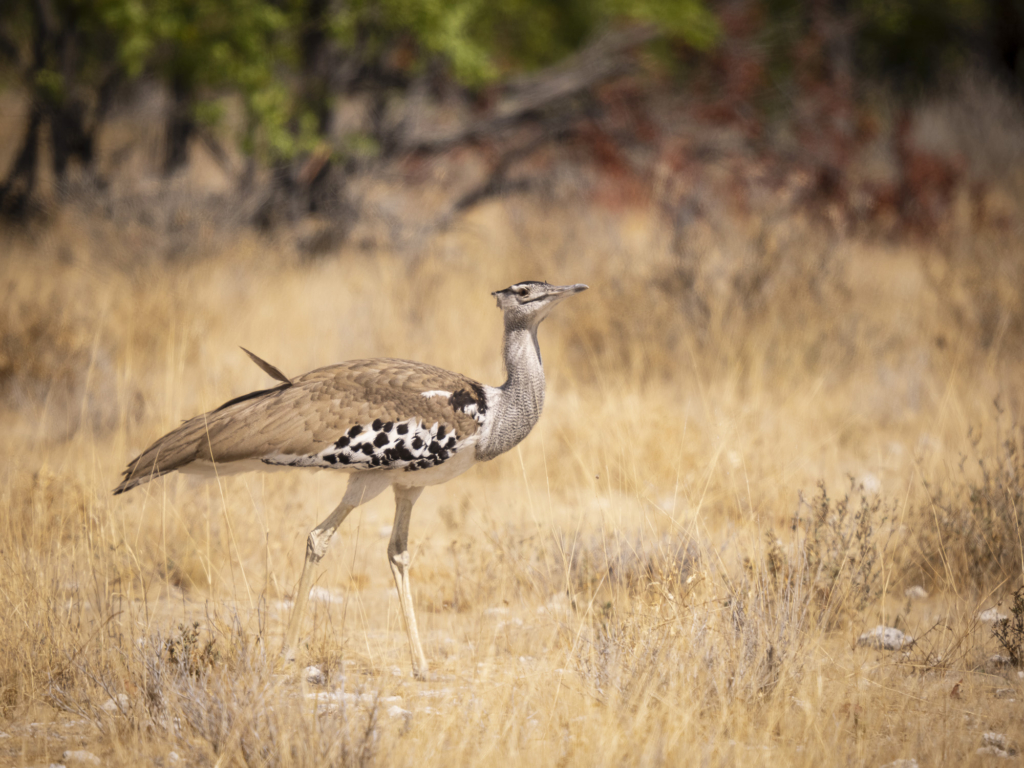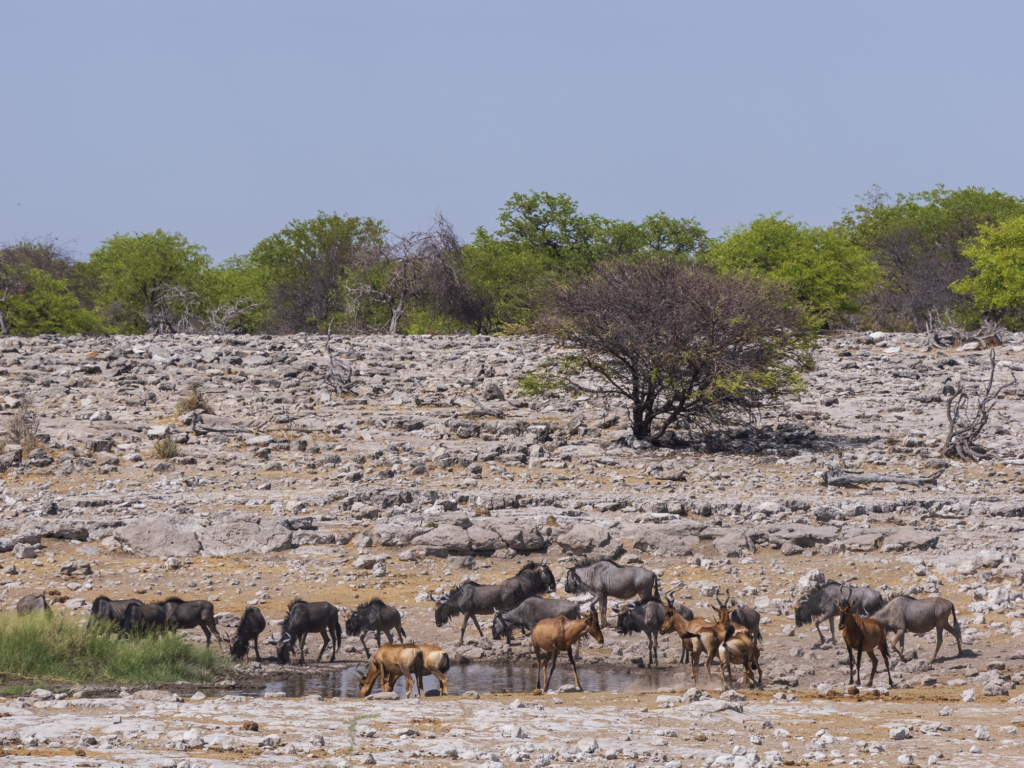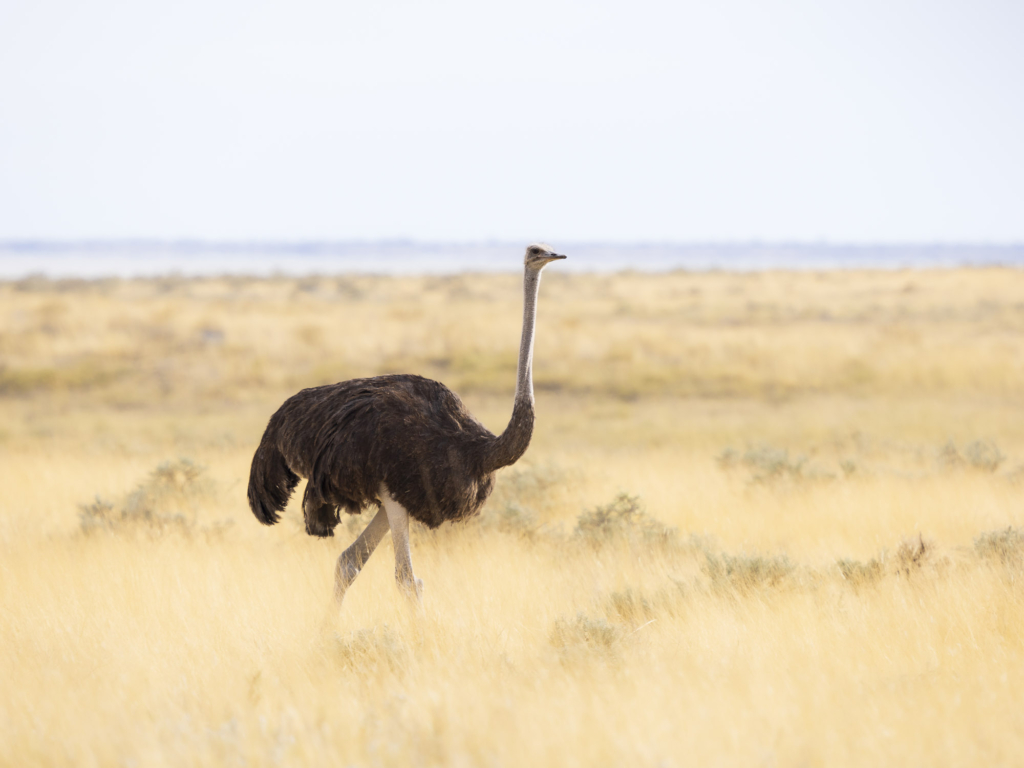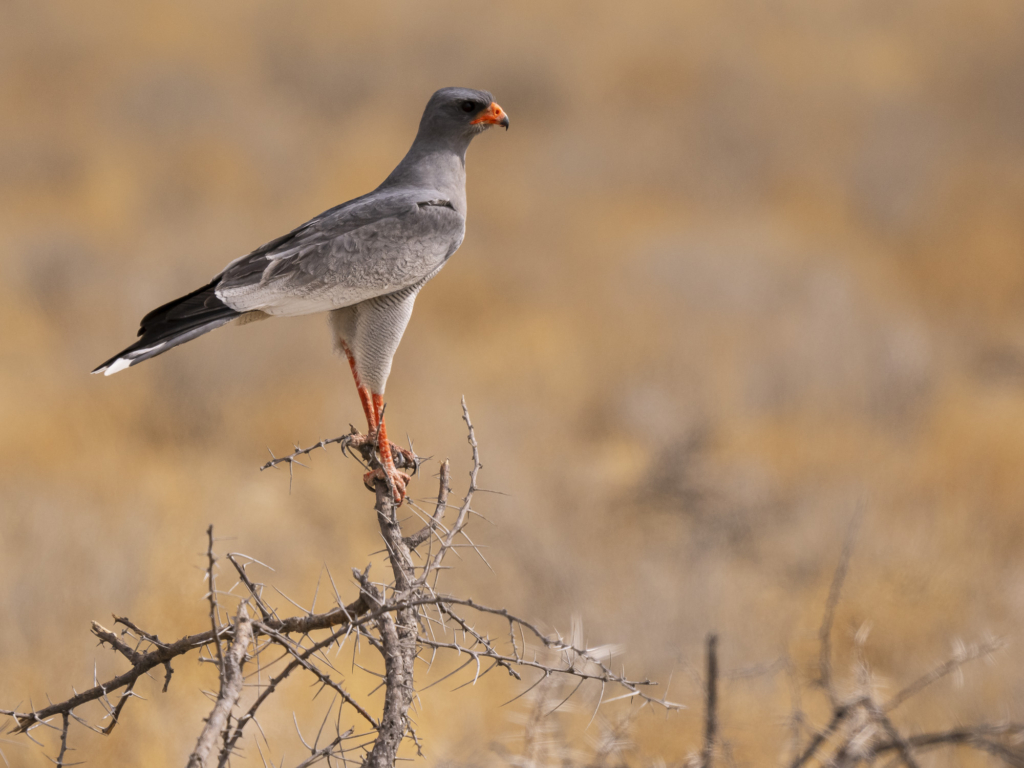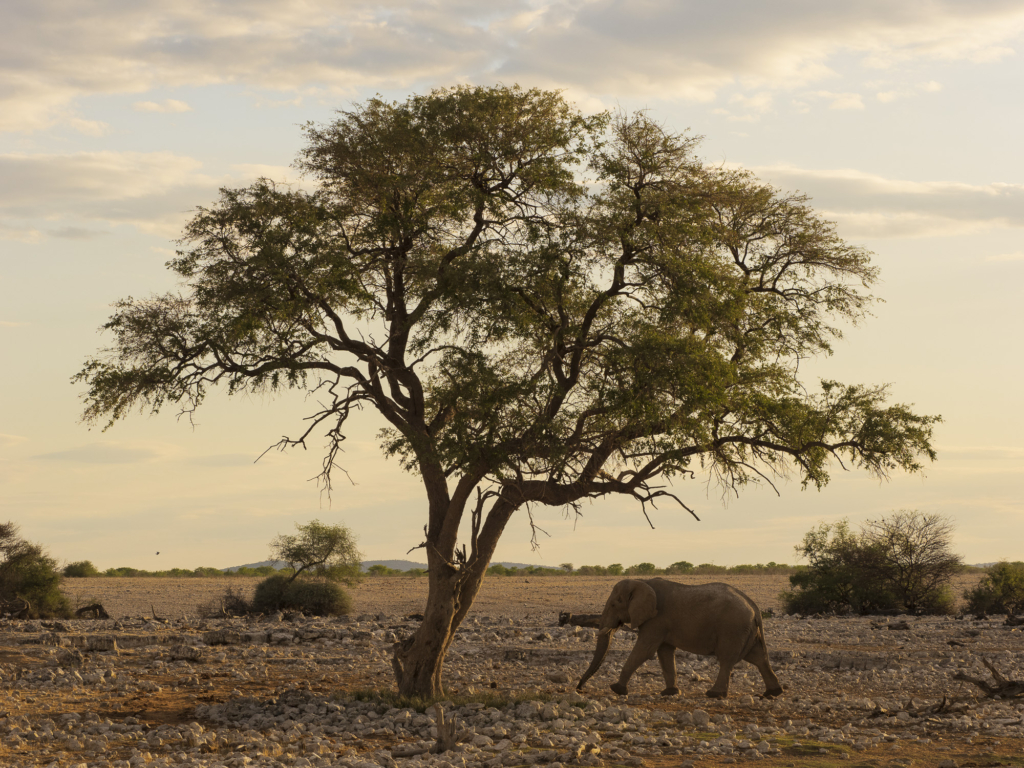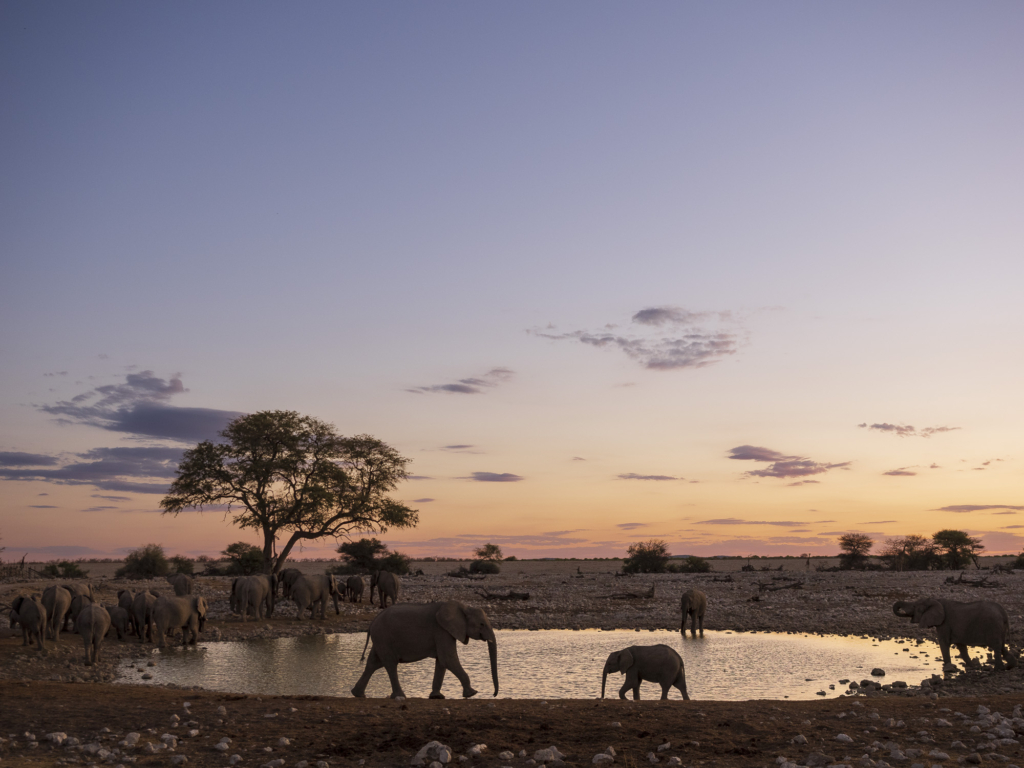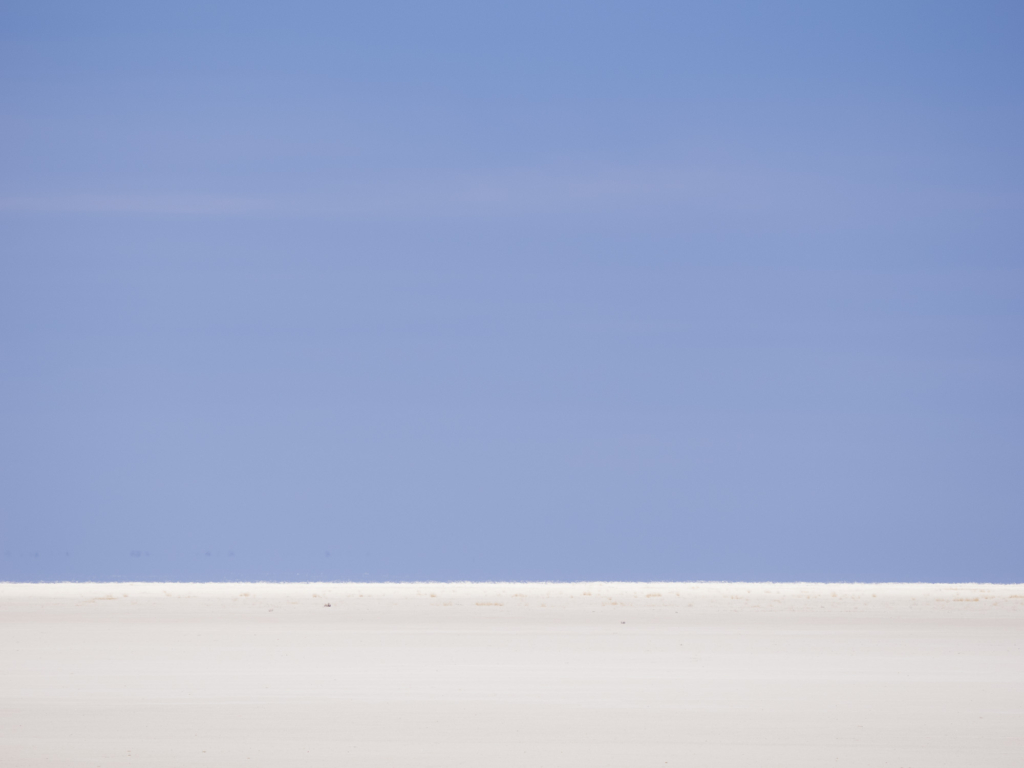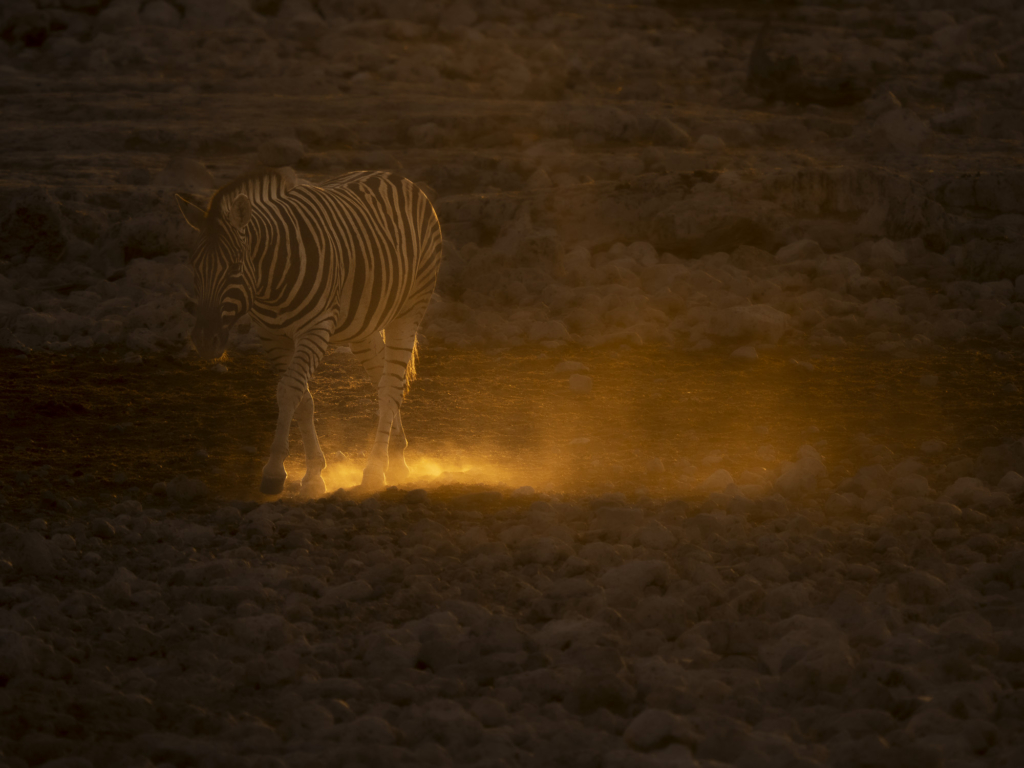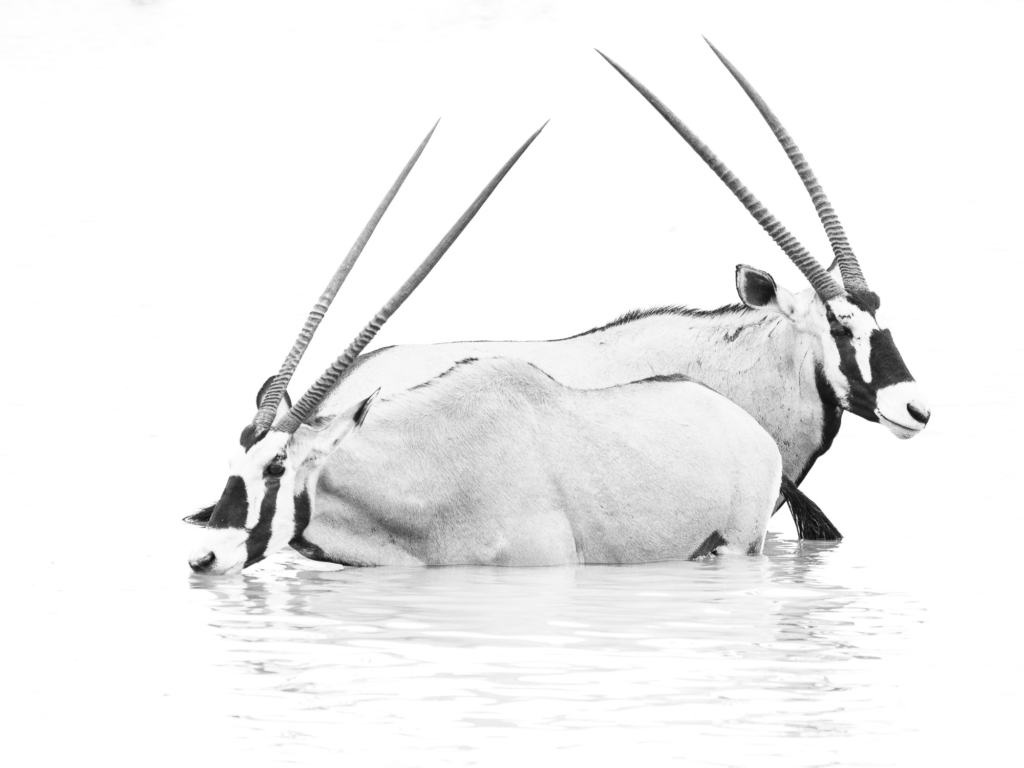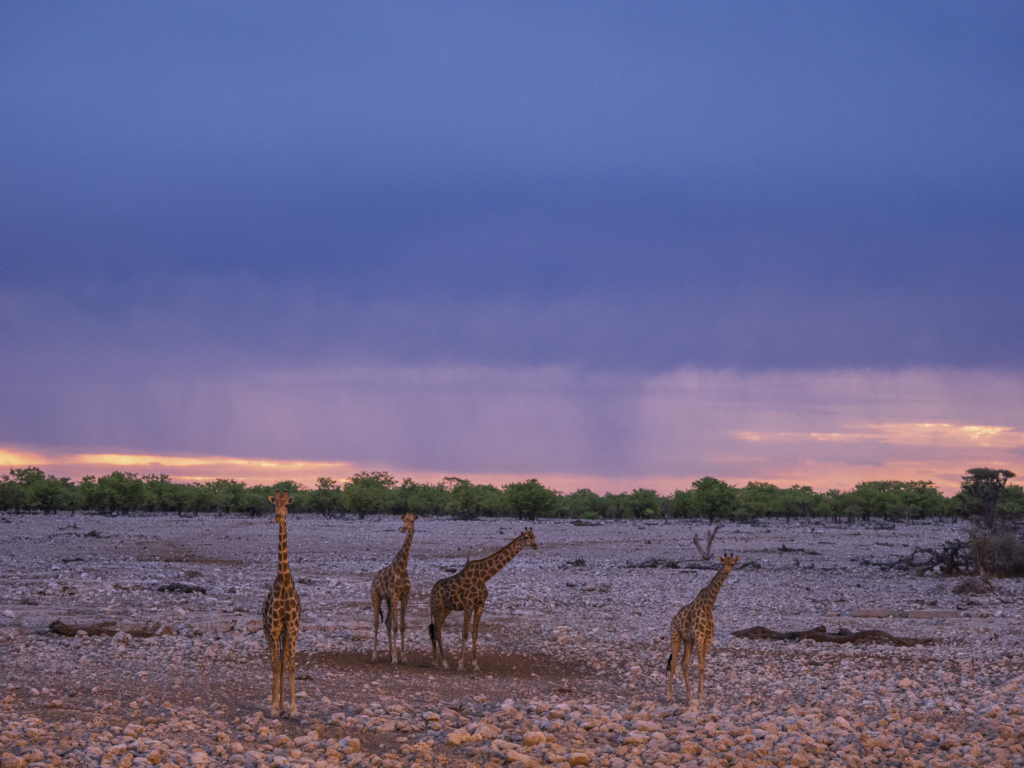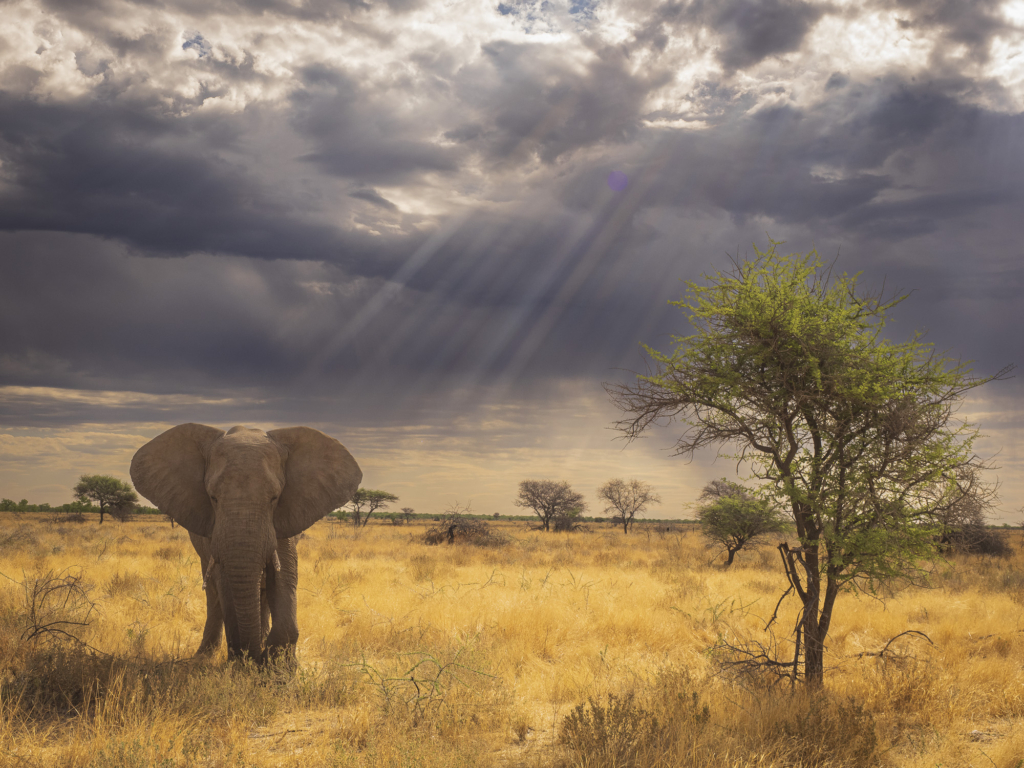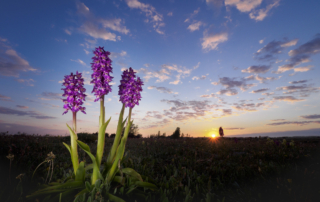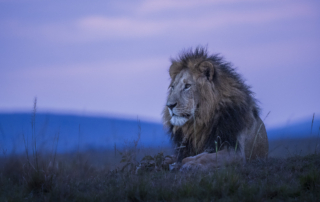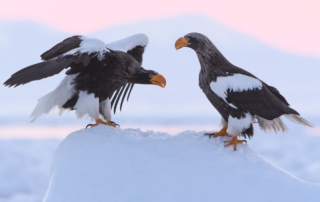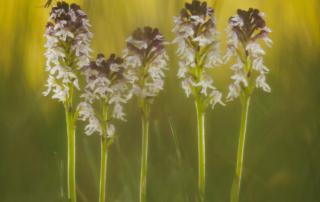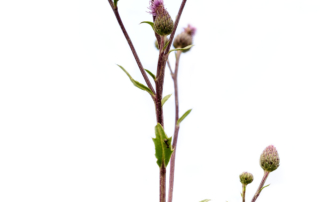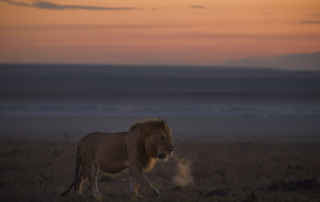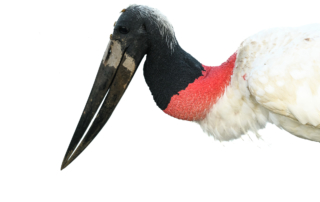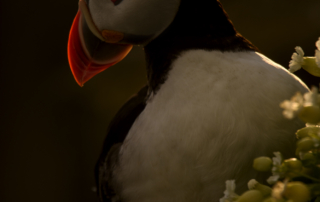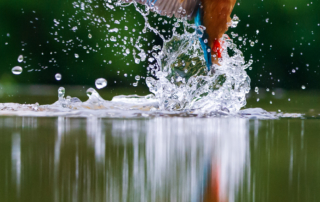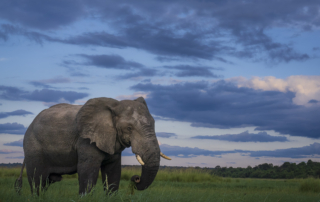Some highlights
- We stay next to Etosha’s “best” waterhole. Here we can experience Africa’s animals around the clock
- Large herds of elephants coming to the waterholes
- One of Africa’s best places to see and photograph black rhino
- Large numbers of springbok, gemsbok (oryx), wildebeest, hartebeest and kudus at the waterholes
- Lions are often seen at the waterholes
- The national park is rich in birds with several species of bustards and birds of prey
- Etosha pan – one of the largest salt deserts
ETOSHA NATIONAL PARK
Etosha means “the great white place” and the name naturally refers to the huge salt desert located in the national park. Etosha is one of southern Africa’s largest national parks and offers spectacular wildlife. Here we find four of the big five, only buffalo are missing, where the elephants and the black rhinos are the main attractions. Often large groups of elephants come to the water hole we will be staying at and every evening black rhinos appear.
Photographing and going on a game drive is a little different in Etosha compared to most parks in e.g. East Africa. Instead of driving around looking for the animals, we often wait for the animals at a water hole. During the dry season, which lasts until December, there is very little water out in the grounds and the animals therefore stay close to the park’s waterholes. In some waterholes, pumps have been installed, which means that there is always plenty of water for the animals, and thus a lot of animals there. Sitting at a watering hole and waiting for the animals to come in is an exciting experience, something is always happening and species come and go. At the waterholes we will be able to see and photograph gemsbok (oryx), springbok, kudu, wildebeest, giraffes and zebras as well as several other species. Both at the waterholes and around the park we will see a lot of birds, here there are several species of birds of prey and birds of prey. Even the area where our lodge is located is rich in birds and here many birds are relatively fearless as there are people moving around all the time.
In the national park there are lions, leopards and cheetahs. Of these three, we have a good chance of seeing lions at one of the waterholes as they often come there to drink and then spend the day there. There are very few cheetahs in Etosha and the chance of seeing them is very small. Even the leopard is rare even though it is relatively common but it is very shy here. But being on safari in Etosha is not primarily a “cat issue”, but here it is elephants and black rhinoceros that are the big stars. Black rhinoceros is one of Africa’s most endangered animals and is in many places very difficult to see. Here in Etosha it is almost guaranteed to see black rhinoceros if you stay a few nights. With a bit of luck we will find them out in the bushland in the park, but otherwise it is almost certain that they will come to the water hole at the camp where we live. Throughout the day there is activity at “our” watering hole, during the day there are almost always animals here, springbok, gemsbok, giraffes and other species replace each other. As dusk begins, large groups of elephants often come to drink and so do the black rhinos. The water hole is lit up so whoever wants and has the energy can spend the whole night here and follow the animals.
Etosha’s dry environment makes the park different from many other parks. The landscape is relatively open, both where there are grasslands and forests. The waterholes act as magnets for the animals and create exciting interactions between the animals.
Itinerary
Day 1 (15/10) (Dinner)
We arrive at Etosha National Park in the afternoon. We check in and head out into the park on our first game drive. Back at the lodge around 7pm and we spend time at “our” watering hole before dinner.
Day 2-3 (16-17/10) (Breakfast – Lunch – Dinner)
We start the day early and head out into the park to look for animals. Our strategy is to stay close to one of the watering holes that has a lot of animals. Lunch at the lodge and then an afternoon game drive before we end the day at “our” watering hole.
Day 4 (18/10) (Breakfast – Lunch)
Also today, we start the day before sunrise and head out into the national park on a last game drive. We then leave Etosha in plenty of time to make it to Windhoek airport for our flights home.
Photographic leader
Henrik Karlsson, born in 1968, is a photographer, writer and conservation biologist.
Henrik is a trained biologist and used to work with water and conservation issues.
He is an ambassador for OM SYSTEM and has been appointed as a National Geographic Explorer and is a member of the Swedish Nature Photographers Association (Naturfotograferna/N) as well as PhotoNatura. In 2003 he was awarded Naturfotografernas/N and Kodak’s scholarship. Henrik has also won awards in several European photo competitions.
Henrik has a wide selection when it comes to subjects to take images of and tell stories about. He will be more than happy to photograph everything from insects to the orchids in the forest or the great wild animals around the world. He has the whole world as his photographic field but is more and more drawn to Africas beauty and wildness.
Previously, Henrik worked as a guide in several Swedish Nature Reserves and National Parks. He is a frequent lecturer and an appreciated guide on photo courses and workshops. He also leads photo tours all over the world.
In 2011 Henrik self-published the book ”Mångfaldens ö – bilder och tankar från Ölands natur”, and the book ”Vilda Norden” was published in 2017. 2020 he published the book Ölands orkidéer and in 2021 Orkidéer på Gotland.
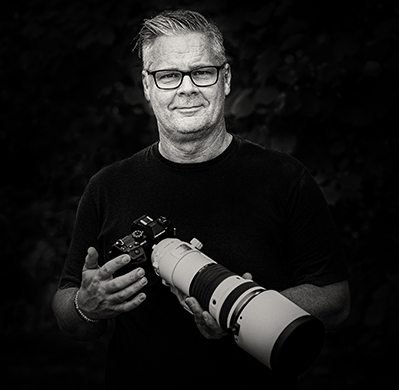
Error: Contact form not found.


